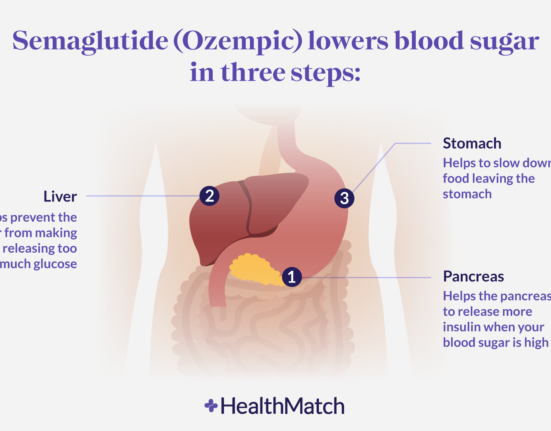Extractions For Permanent and Wisdom Teeth If you are suffering from impacted teeth, you may want to consider getting them extracted. While this procedure can be painful, it can also prevent a variety of problems, including infection, bleeding gums, and difficulty opening the mouth. As such, many dental professionals recommend wisdom tooth extraction over a dental bridge or denture. These teeth can crowd and shift your other teeth, resulting in an unattractive smile.
Procedures
Wisdom teeth are the last permanent teeth to erupt, and in some cases, they must be extracted. They may be impacted, which means they’re trapped inside the jawbone and can cause severe pain. In addition, they may have grown in at an unnatural angle and press against other teeth. Finally, they may not have enough room to erupt.
In either case, the procedure will begin with a local anesthetic, which numbs the area surrounding the tooth. In some cases, a general anesthetic is required for more complicated surgical extractions. In such cases, you should inform the dental professional immediately if you experience pain. If the pain persists after the procedure, the dentist or oral surgeon will give you additional numbing agents.
Depending on the size of your tooth, extraction procedures can be inexpensive or costly. Most dentists only recommend extractions when other treatments have failed. For some patients, an extraction is a blessing in disguise.
Complications
Complications of extractions for permanent and/or wisdom teeth include loss of feeling in the lip or tongue, numbness, and swelling. Some people experience pain for weeks or months after an extraction, and in rare cases, numbness can be permanent. Postoperative pain may be manageable with over-the-counter pain medication and ice. However, severe cases may require further surgery.
One of the most common complications of extractions for permanent or wisdom teeth is swelling or bruising of the jaw and cheek area. Although this is an expected side effect, it is not usually serious. If you have experienced bruising or swelling, notify your dentist immediately. This will help them address the problem and limit your pain.
The loss of the opposing tooth may cause the other teeth to shift and become vulnerable to temperature changes. Eventually, this can weaken the jawbone, making it more susceptible to fracture. In addition, a missing front tooth can affect your appearance. Therefore, dentists recommend replacing it. Tooth replacement may prevent future problems such as shifting, gum recession, and bone loss.
Tools used
When it comes to permanent and wisdom tooth extractions, there are several different tools that dentists use. There are forceps, elevators, and frings. Each tool is designed for a specific area of the mouth. For example, a mandibular forceps has a pointed beak that fits over the lingual and facial root of the tooth. Using the proper tool for the job is essential for a safe and effective procedure.
The tools used in extractions for permanent and wisdom teeth vary according to the technique used. Most often, an impacted tooth is extracted with finger pressure. Other common tools used during these procedures include retractors, chisels, and burs. Among these, the Mitchells trimmer is the most valuable tool. This instrument removes the granulation tissue in the tooth socket and smoothes sharp edges in the bone. Other tools include dissecting and suture-cutting scissors.
Tooth extractions are performed in one or more sections to avoid removing bone from the surrounding area. Most dentists perform these procedures in pieces, so that the process is less invasive and minimizes the risk of bone damage.
Recovery time
You can expect to experience some pain after your extraction, and your mouth will feel numb for about two to three days. You should also avoid eating or drinking anything hard for a few days, and you should drink only clear liquids. If you’re able, avoid drinking water from a straw. Your dentist will give you some medications for pain, but they may make you feel nauseated. If you’re experiencing nausea, take the medication with food. It’s also recommended that you do not brush the area around the extraction site for two to three days. Instead, you should use a prescription oral rinse or a salt water rinse.
After tooth extraction, you’ll be able to brush your teeth gently and resume normal activities, but you should avoid heavy exercise for two to three days. The area around the extraction site will be swollen and bruised, but this will fade over time. Once the swelling has gone down, you’ll be able to eat more solid foods, including some soft dishes.








58 Comments